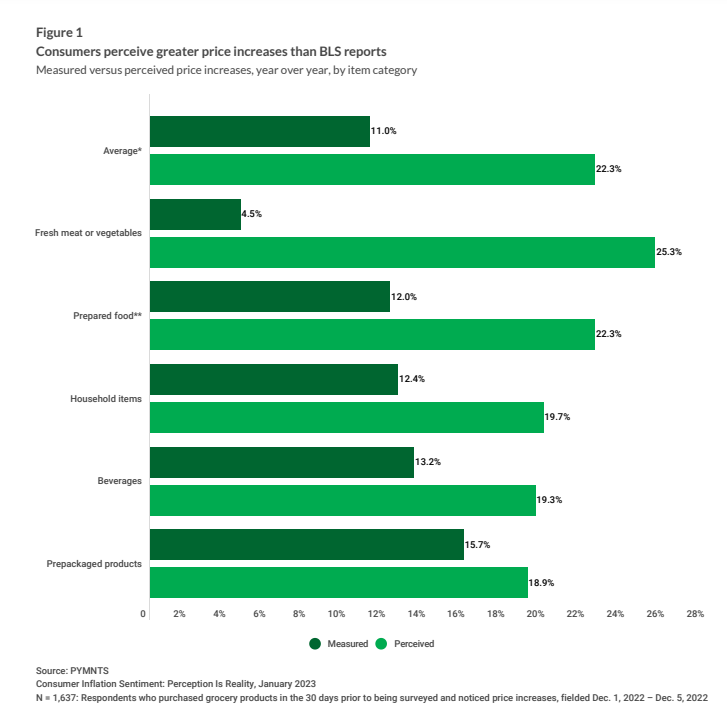
Did it all start with diapers?
WSJ reported this week (May 2) that inflation was a more difficult economic challenge than Jerome Powell, Janet Yellen and others had originally anticipated. While that may not be news to consumers living paycheck to paycheck, one reason that WSJ suggested is driving prolonged higher prices could be corporate profits.
As stated in the article, there are many reasons for companies to raise the price of their goods. These include efforts to offset costs businesses must absorb, such as supply chain challenges and changing geopolitics. However, recent indicators, such as shipping costs dropping while prices continue rising, suggest that businesses could be hiking up prices in pursuit of plain old increased revenue. A suggested theory is that once one brand or retailer raises prices, others hurry to mark up as well, lengthening the current inflationary cycle. Consumers currently expect inflation to last until October 2024, and at this rate, they may once again be correct.
Consumers have been so far paying more to meet these markups. However, this ability may wear thin as their resources dwindle to fight ever-increasing inflation.
This sensitivity to cost increases may be behind consumer perception of goods, as illustrated in the PYMNTS’ January “Consumer Inflation Sentiment” report.

In other words, this markup theory may be bolstered by both the measured and perceived cost increase of certain goods, especially regarding prepackaged products. These increases, which outpace inflation’s current 5% average, are inconsistent with historical expectations for rising prices proportional to inflation’s growth. However, the cost of essential goods such as food has maintained a price growth pace far faster than apparel. Therefore, shopper and official numbers may measure certain goods as much higher than keeping in line with rising wages and costs — because they are.
So where do diapers come in? In line with every journey beginning with a single step, back in 2019 both Procter & Gamble and Kimberly-Clark raised their diaper prices, citing lowered birth rates cutting into their revenue expectations. Just a few months later, though still before the pandemic’s disastrous effect on retail, Moodys had already predicted slower retailer growth, partially due to an “increasing price war” between companies. After that, it seems raising prices was off to the proverbial races. Although it is difficult to fairly quantify what price rises might be driven by factors such as supply chain challenges and mass lockdowns, the diaper price hike may have been the first domino to fall.
The good news is that profit-driven inflated prices may come to an end as consumers, stretched thin, embrace private-label items and continue to trade down. Whether that stops inflation in time to turn away from recession seems like anyone’s guess — but once again, it is clear that consumer sentiment may correctly echo economic indicators.